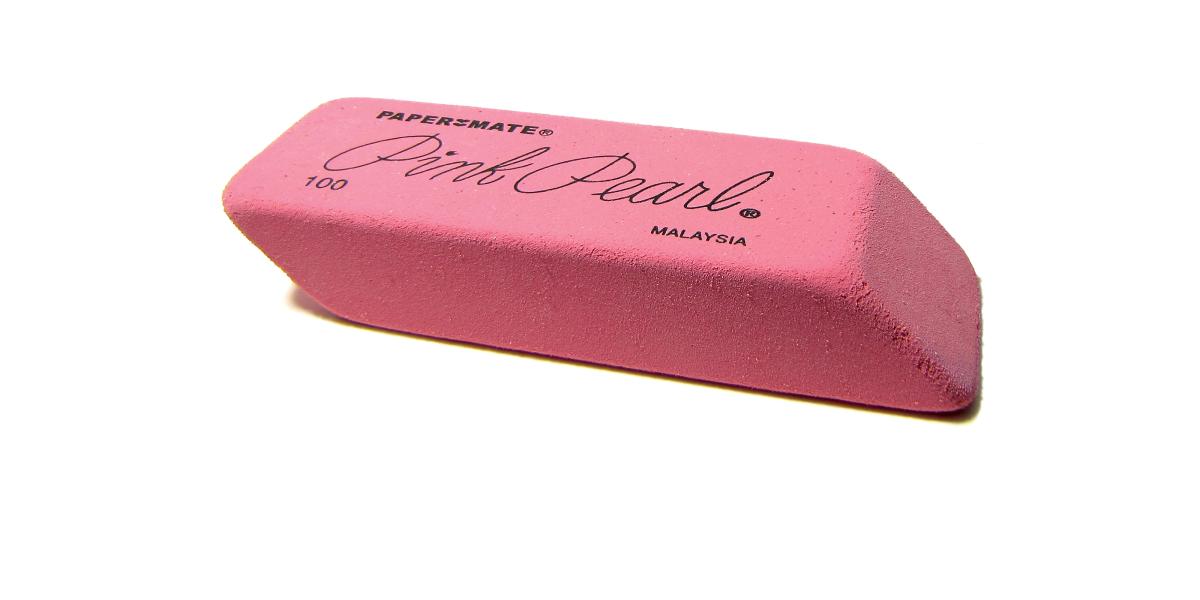Mistakes. Aargh!
Every editor has a dark little corner in his heart.
It’s like an extra ventricle—a secret chamber where we store away editorial shame. We stuff it with great ideas that fizzled, with obvious stories that we missed (and other editors published), with brilliant headlines that came to us a year or so after the ink dries and the electrons hit the Web.
In the darkest part of this dark corner, we salt away our mistakes. I can name every error I’ve ever made in an article. As a young reporter, I covered a late-night fire that destroyed the home of a family named Pate. I pounded out the story on deadline. Problem: I got the homeowner’s first name wrong. Somehow I identified him as Jerry Pate—a professional golfer.
There have been other whoppers, of course. A long time ago in this magazine, we described TB as a virus. Ouch. Mycobacterium has lodged in my memory ever since. And this issue has a correction. (You’ll have to go to the Letters page to read it.)
Why this meditation on mistakes? I just read a mea culpa by New Yorker science writer Michael Specter. Remember the famous 1967 quote by Surgeon General William H. Stewart about how it was “time to close the books on infectious disease”? Countless journalists have trotted it out over the years to marvel at his naïveté. Problem: He never said it. A colleague recently alerted Specter after he used the quote in a piece. I’ll never repeat the erroneous quote in an article, but it’s likely someone else will.
That’s the danger of editorial errors. Like cancers, once they appear they’re tough to eliminate. So we work exceedingly hard to prevent them. We fact check text very closely with our sources and double-check data we gather. As our final bulwark against errors, Dean Mike Klag reviews each issue’s articles. He routinely saves me from having to write embarrassing corrections. (Thanks, Mike!)
While we’re not perfect, we do everything we can to make sure what you read is 100 percent accurate. Yes, we want riveting stories written with élan, but first we must get the facts straight.
I summed up this mission with a sign hanging in my office. It says: “Be accurate. Then bring the dynamite.”
